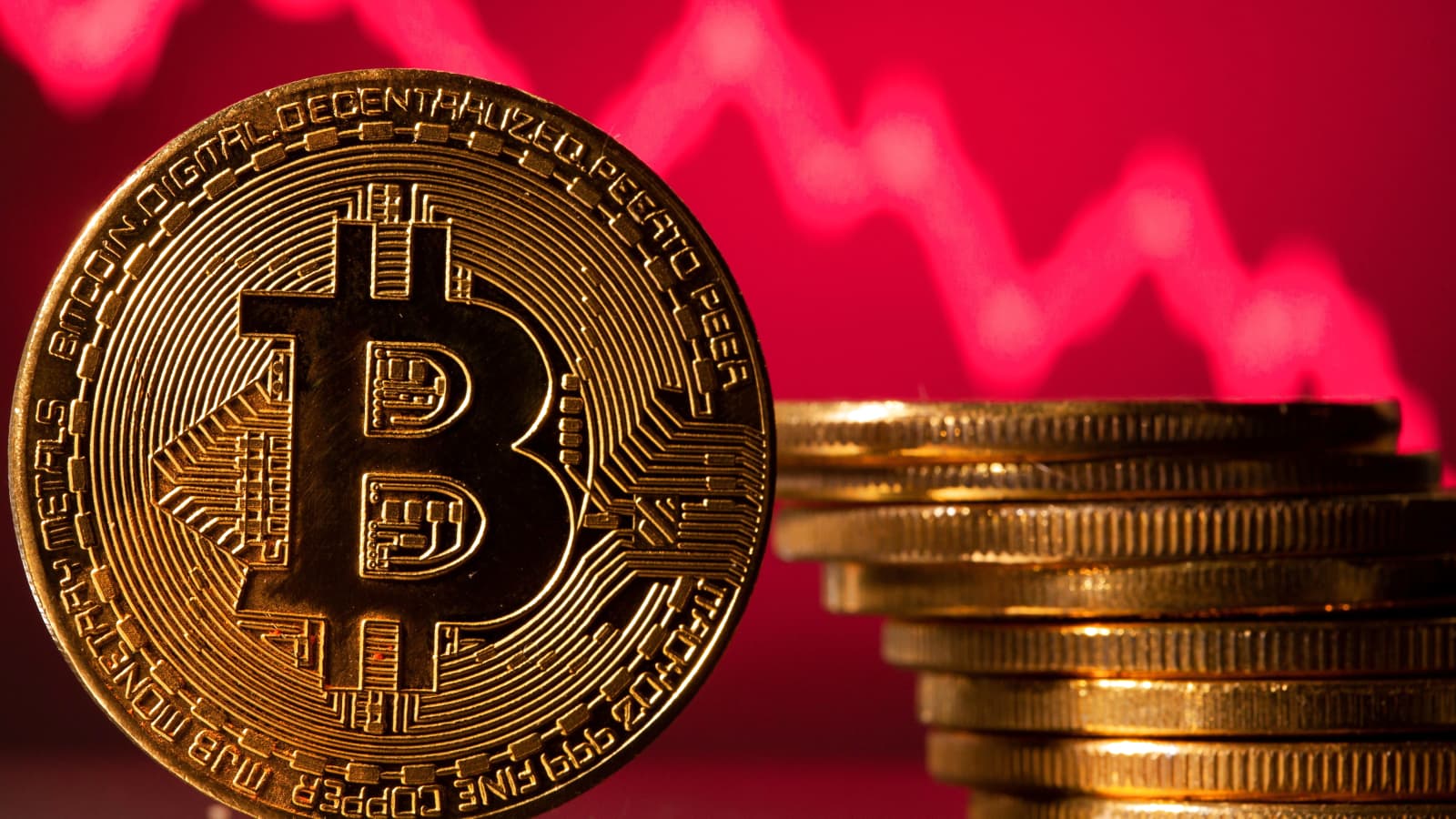What’s Behind the Recent Bitcoin Dip?
15.11.2024 17:00 1 min. read
Bitcoin's recent price drop follows its all-time high of over $93,000 earlier this week, with multiple factors contributing to the decline.
Recent US inflation data, including a 2.6% rise in the Consumer Price Index (CPI) and a 2.4% increase in the Producer Price Index (PPI), has spooked investors. These figures have raised concerns that the Federal Reserve might adopt a more hawkish approach, weighing on market sentiment.
In addition, Bitcoin miners have been selling off large amounts of BTC, including 2,000 coins from a 2010-era wallet, and 25,000 BTC recently moved to exchanges, adding to the bearish pressure.
The US Spot Bitcoin ETF saw a $400.7 million outflow on November 14, halting a streak of inflows and signaling reduced investor interest. Meanwhile, large Bitcoin holders have been cashing out, with a whale dumping 4,060 BTC over a few days, fueling further concerns about a price dip.
Despite the pullback, analysts remain optimistic about Bitcoin’s long-term potential, noting that short-term corrections are common in bull runs. Many see the current dip as an opportunity for investors to buy at lower prices before a potential price recovery.
-
1
What’s The Real Reason Behind Bitcoin’s Surge? Analyst Company Explains
12.07.2025 12:00 2 min. read -
2
Bitcoin Reaches New All-Time High Above $116,000
11.07.2025 7:56 1 min. read -
3
Canadian Bank Sees Bitcoin Hitting $155,000 by 2025
15.07.2025 10:00 1 min. read -
4
Peter Schiff Warns of Dollar Collapse, Questions Bitcoin Scarcity Model
12.07.2025 20:00 1 min. read -
5
Strategy Claims It Can Weather a Bitcoin Crash to $20K Without Trouble
16.07.2025 14:08 1 min. read
Bitcoin Risk Cycle Flips Again as Market Enters Safer Zone
Bitcoin’s market signal has officially shifted back into a low-risk phase, according to a new chart shared by Bitcoin Vector in collaboration with Glassnode and Swissblock.
Robert Kiyosaki Warns of 1929-Style Crash, Urges Bitcoin Hedge
Financial author Robert Kiyosaki is once again sounding the alarm on America’s economic health.
Metaplanet Adds $92.5M in Bitcoin, Surpasses 17,000 BTC Holdings
Metaplanet Inc., a Tokyo-listed company, has just added 780 more Bitcoin to its treasury. The purchase, announced on July 28, cost around ¥13.666 billion or $92.5 million, with an average price of $118,622 per BTC.
China and U.S. Plan Trade Truce Extension Before Talks: How It Can Affect Bitcoin
The United States and China are expected to extend their trade truce by 90 days. The extension would delay new tariffs and create space for fresh negotiations in Stockholm.
-
1
What’s The Real Reason Behind Bitcoin’s Surge? Analyst Company Explains
12.07.2025 12:00 2 min. read -
2
Bitcoin Reaches New All-Time High Above $116,000
11.07.2025 7:56 1 min. read -
3
Canadian Bank Sees Bitcoin Hitting $155,000 by 2025
15.07.2025 10:00 1 min. read -
4
Peter Schiff Warns of Dollar Collapse, Questions Bitcoin Scarcity Model
12.07.2025 20:00 1 min. read -
5
Strategy Claims It Can Weather a Bitcoin Crash to $20K Without Trouble
16.07.2025 14:08 1 min. read


